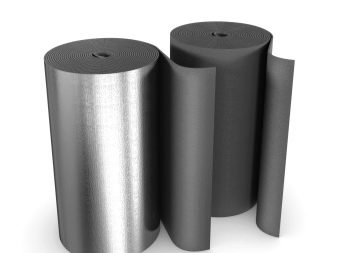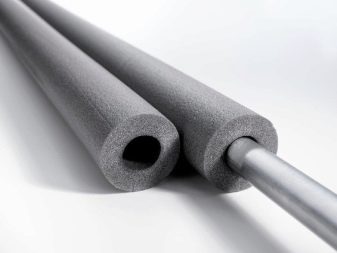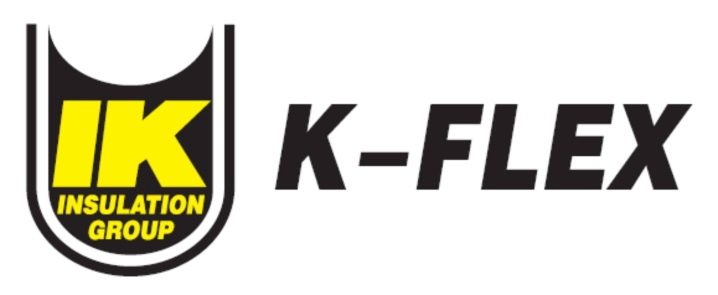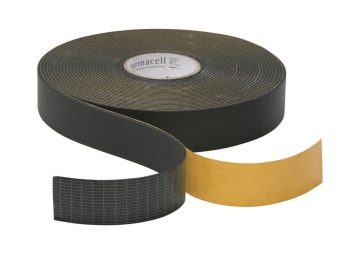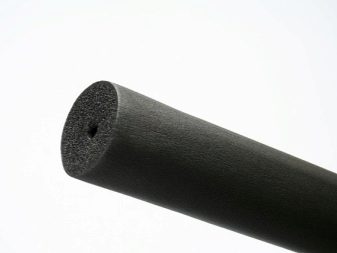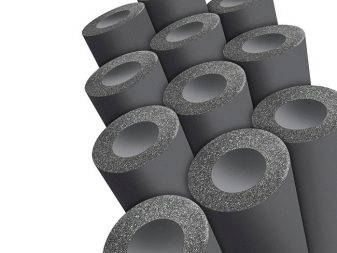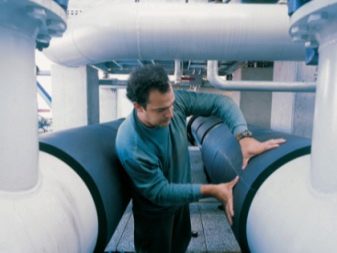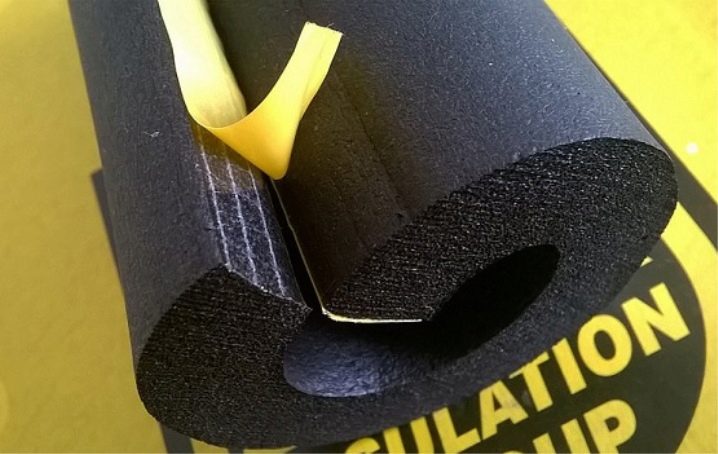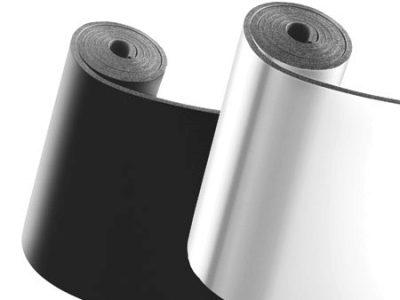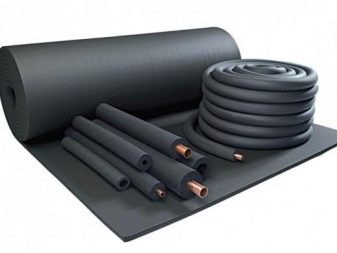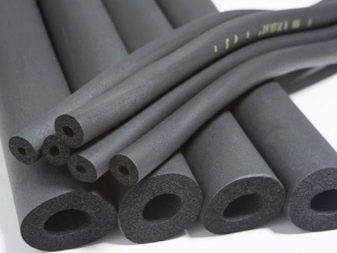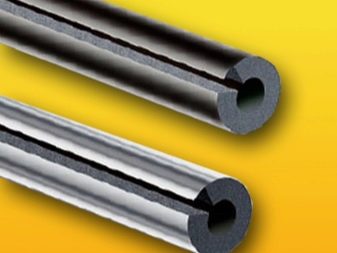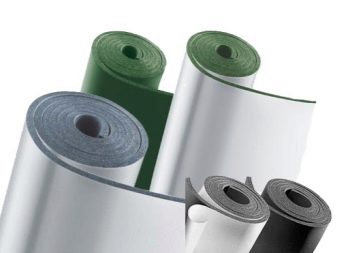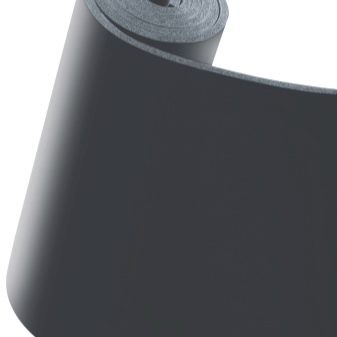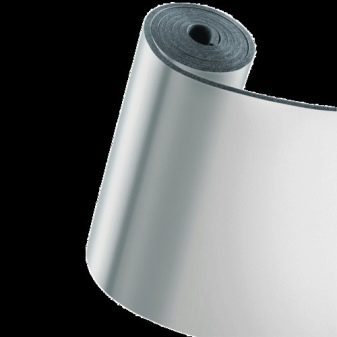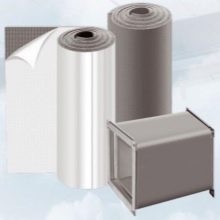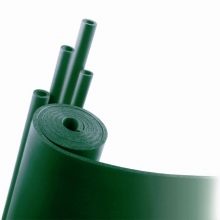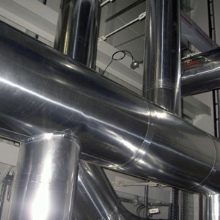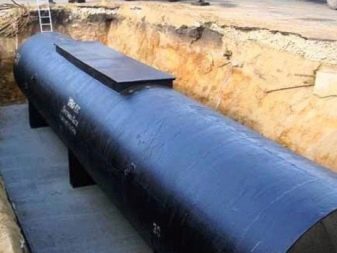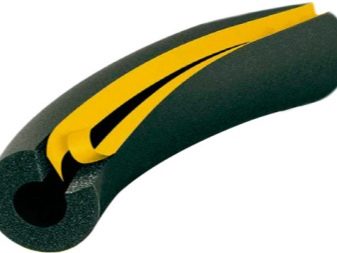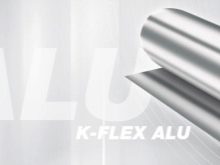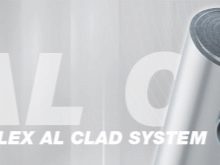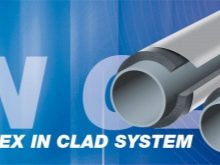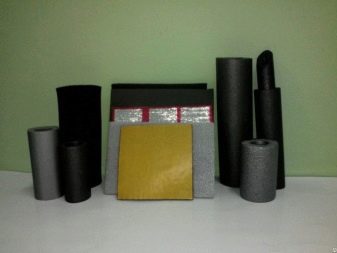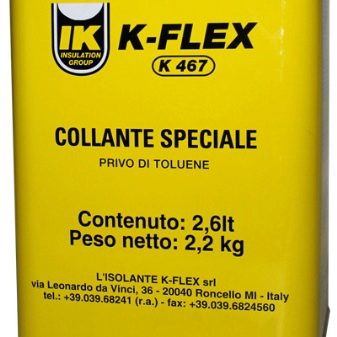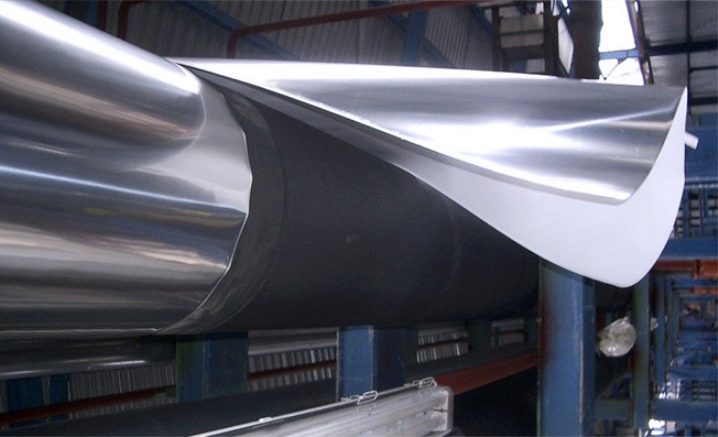K-Flex Thermal Insulation: Italian Brand Product Overview
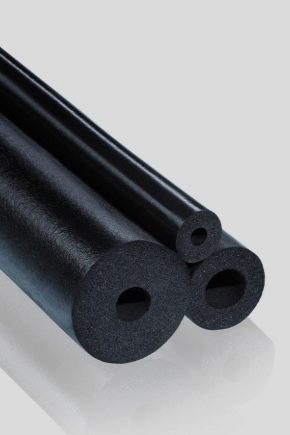
Today, the construction market is replete with insulation. They have various technical characteristics based primarily on the scope of application. The features and purpose of insulation K-Flex will be discussed below.
What it is?
Thermal insulation or insulation is a material used to increase the thermal efficiency of an object. This effect is due to the low coefficient of heat loss of the material, thereby increasing the thermal resistance of the structure. It is possible to insulate both civil and industrial construction objects, as well as communication systems, equipment, and engineering structures.If we talk about thermal insulation of pipelines, it provides the effect of a thermos - it prevents cooling or heating of the contents, the formation of condensate.
Features and benefits
The full name of the company is LK Isolante K-Flex. This Italian brand has more than 12 years of history and occupies a leading position in the global market among other reputable companies in the manufacture of insulation. The main share of production is accounted for by foam materials intended for the thermal insulation of pipelines and various communication systems. The high demand for products leads to the growth of its power by the company. About 10 K-Flex plants operate in different countries, including Russia.
Heat insulation material K-Flex is characterized by low thermal conductivity, long service life, weather resistance and resistance to temperature differences, the effects of corrosion. Insulators are moisture resistant, environmentally friendly.
It is also convenient that they are easily and quickly mounted, without requiring an additional vapor barrier layer or the use of additional fasteners. Products are optimal for pipes of complex configuration with many bends, due to the elasticity of the material in combination with its high tensile strength.
Materials perform not only a heat-insulating function, but also a decorative one. Due to the universal, attractive appearance, hydrophobicity of the coating and its resistance to the effects of aggressive elements, the insulation can be used to solve those problems where the aesthetic component is important.
Purpose
Scope of application - heat insulation of heat carrier pipes and engineering structures. The temperature of the contents of tanks and pipes can be positive and negative - the insulation will ensure the preservation of the set temperatures. K-Flex products can also be operated underground, withstanding appropriate stresses, groundwater and soil freezing.
K-Flex products have a wide range of applications and are suitable for use in the following areas:
- as a heat-insulating and protective material for air ducts and air conditioning systems;
- isolation of pipeline and sewer systems, heating networks;
- isolation valves;
- petroleum industry - warming platforms;
- shipbuilding;
- public transport;
- thermal insulation of refrigeration pipes and laboratory equipment.
Specifications
- One of the main technical characteristics of K-Flex heaters is, of course, their low thermal conductivity, which is 0.034–0.049 W / m · K. It is achieved due to the optimal, precisely adjusted volume ratio of small cells in relation to the mass of the material.
- Heat-insulating material of this brand does not accumulate moisture, resists direct exposure to liquids. By its vapor permeability, it can be compared with that of polyethylene film. The latter, as it is known, is used as a vapor barrier when insulating various objects. The vapor permeability of the insulation is 0.003–0.006 mg / (m · h · Pa).
- High vapor permeabilityand the hydrophobicity of the material ensures that the insulation and work surfaces are protected from freezing, condensation and oxidation of metal elements.
- Products are not afraid of direct UV rays, precipitation, withstand high and low temperatures. in the range from -200 to + 180ºС, as well as sudden temperature changes. The density of the material depends on its type, generally ranges from 65 to 80 kg / m³. Although there are series where the density reaches 75 and 130 kg / m³.Chemical resistance is peculiar to the material - it does not collapse under the influence of chemical reagents, technical liquids, products of the petrochemical industry, and even volatile compounds.
- Insulation does not support burning (Flammability class - G1), and with increasing temperatures does not emit toxic elements. This merit is part of the flame retardants. Due to this, insulation is successfully used at points with an increased level of fire danger. Absolute environmental safety, confirmed by the certificate of conformity of an international sample, allows the use of material at facilities that are subject to increased sanitary and hygienic requirements. First of all, these are medical and child care facilities, various laboratories, pharmaceutical and food enterprises.
- The material (even when cutting) does not emit toxins, dust, the smallest particlesnegatively affecting the condition of people and animals. It does not have an unpleasant odor, and its manufacture and operation do not harm the ozone layer of the planet. The manufacturer gives a 20-year warranty period for its products.Insulation has various forms of release and size, which expands the scope of application and simplifies installation.
Composition
K-Flex products are foam rubber insulators manufactured by extrusion and further foamed. ABOUTagain the composition is a butadiene-nitrilacrylate rubber of synthetic origin. That it provides the flexibility of the material. Additional components of the composition are polymers, flame retardants, minerals that provide certain operational characteristics of the insulation.
Raw material is pressed through a die plate, after which it is vulcanized.
Technological processes are regularly improved, which allows the manufacturer to produce products of the highest quality and periodically supplement the range.
Series and types
Depending on the scope of application and the expected technical characteristics, customers can choose one or another series of K-Flex insulation.
- K-Flex ST. The rubber base has a three-layer coating of aluminum foil on one side and two-layer protection of PET film. The material is used to isolate coolants, engineering systems, including those operated in refrigeration and cryogenic conditions.Due to the peculiarities of the composition, it not only provides thermal protection, but also prevents condensate from falling out. The temperature range of operation is from -200 to + 105ºС, the material is optimal for use in cryo-installations, but not suitable for all heat transfer fluids.
- Solar ht suitable for insulation of heat transfer fluids, pipes and systems of complex shape, since it is characterized by improved flexibility indicators. It is characterized by maximum indicators of resistance to heat (up to + 180ºС), vapor permeability (Flexy Fiber technology).
- K-Flex Air. This series is designed to isolate ductwork of ventilation shafts and air conditioning systems. Operating temperature ranges from -30 to + 80 ºС.
- K-Flex Eco it is used in areas where more stringent requirements for the environmental safety of insulation (pharmaceuticals, metro, airports). A distinctive feature is the resistance to microorganisms, as well as the greenish tint of the material. Operation is possible at temperatures from -70 to + 130ºС, short-term heating up to + 150ºС is allowed.
- Al Clad. The main purpose is to protect industrial pipes and engineering systems.It is characterized by increased resistance to aggressive media, including technical fluids, petrochemical products, mechanical damage, temperature “jumps”.
- K-Flex Igo. This material is distinguished by a fine-cell structure with closed pores, which ensures protection of the working bases from vapor penetration. This property allows the use of material for thermal insulation of underground and above-ground pipeline systems and welds.
- K-Flex ST / SK - it is a fairly universal insulation suitable for insulation of various functional pipes, elements of air conditioning systems. Special glue is required for fixing.
All listed materials can be produced in the original form or have a protective coating. The latter is of the following types:
- Alu - it is a protective coating, which is a “pie” of three layers of aluminum foil with a thickness of 9 μm, between which layers of transparent polymer are laid;
- Al cool - it is a self-adhesive protective coating consisting of foil, polypropylene and polyethylene film;
- In Clad - it is a polymer layer that protects the entire surface of the pipe from exposure to water, petrochemical products;
- Ic Clad BK - it is a protective coating, which is a glass fiber, thereby increasing the strength and durability of the insulation.
Depending on the form of release materials are of the following types:
- hollow tubes with a diameter of 6–160 mm and a wall thickness of 6–32 mm;
- shaped products (tee, corner) for thermal insulation of joints and elbows of the pipe;
- sheet products in the form of layers with dimensions of 1x2 or 0.5x2 m of wide scope of application (Air series);
- roll insulation 1 m wide (less often 1.5 m), and also characterized by its versatility of use;
- self-adhesive tape 3 mm thick and 1.5, 5 or 10 cm wide, the outer layer has a polyethylene siloxane coating or a polyvinyl grid;
- pipe two-segment suspension with PVC reinforcement as the outer layer.
Additional components
K-Flex thermal insulation is characterized by the fact that it requires minimal use of additional fasteners. To fix the material will need glue. It can have several varieties, for each type of pipe is presented its own version. The most common are single-component compositions on polychloroprene rubber and its two-component analog based on rubber solvent.
If the object to be insulated is in the open air, then it is recommended to use a special joint sealant.
Installation Guide
Thermal insulation work can be carried out at a temperature not lower than + 5ºС. The working surface must be clean and free of grease. Only under these conditions, it is possible to guarantee high-quality adhesion of the insulation.
The installation process begins with the application of glue to the surface of the pipe and the inside of the heat insulator. After that, you should wait 2-3 minutes for the glue to penetrate into the layers of material. When using self-adhesive products, this step is skipped. Insulation is applied to the pipe in such a way that the seam passes through its lower part. After that, the glued-on surface is smoothed with a slight pressure.
Tips and tricks
If the adhesive for fixing the insulation to the pipes thickens, then it can be diluted with a cleaner of the same brand, mix the mixture thoroughly. If cylindrical tubes are acquired for thermal insulation of pipes, they are pre-cut lengthwise.
For K-Flex thermal insulation, see the following video:
